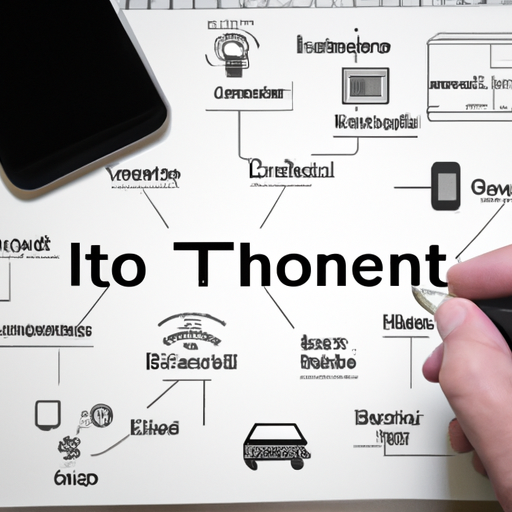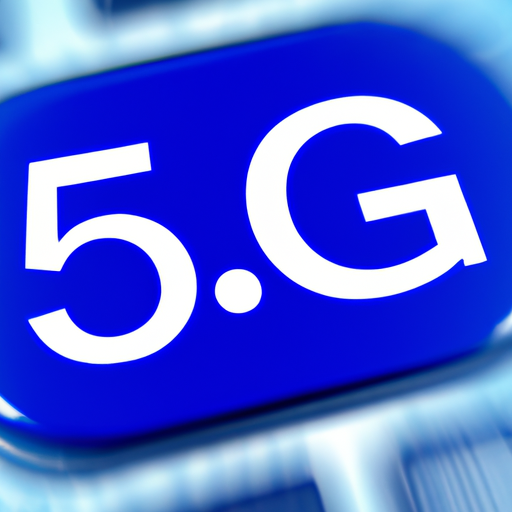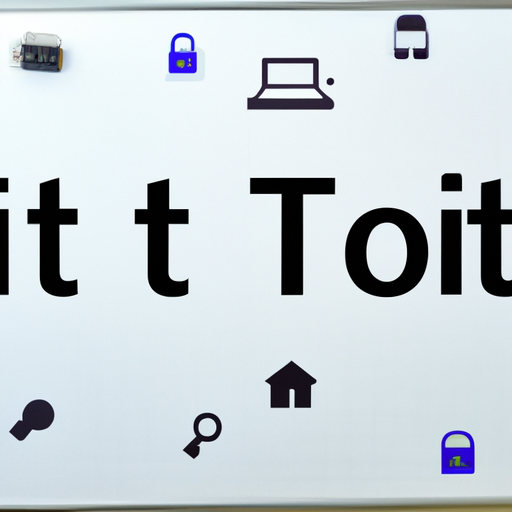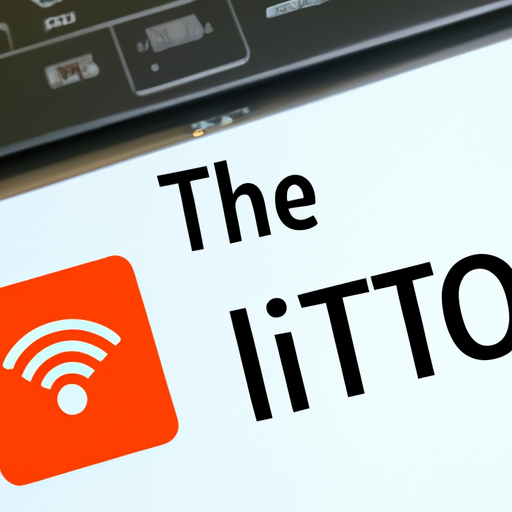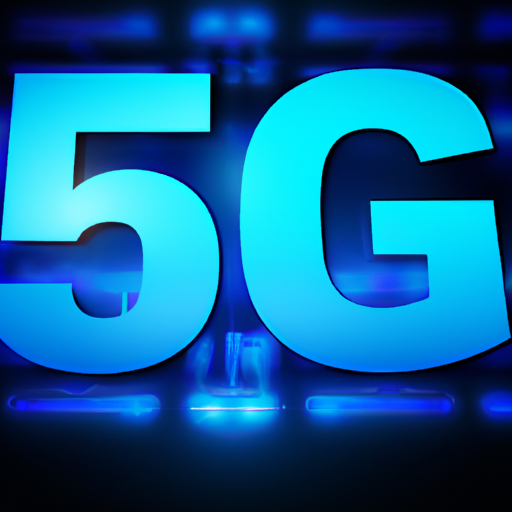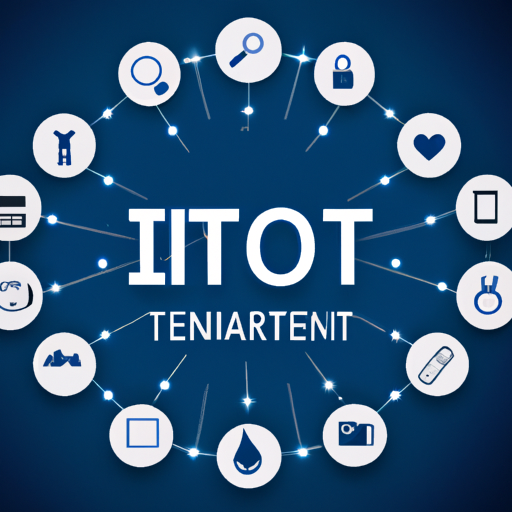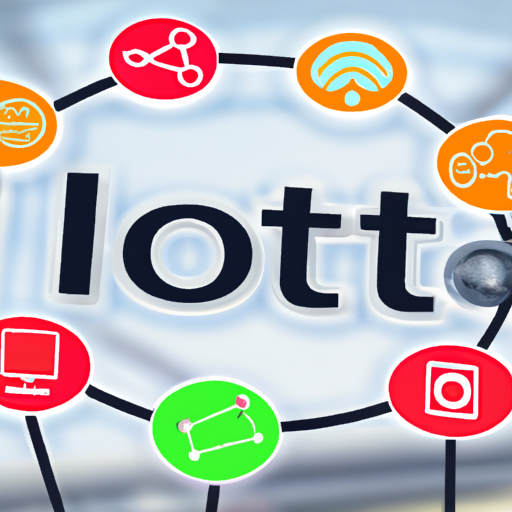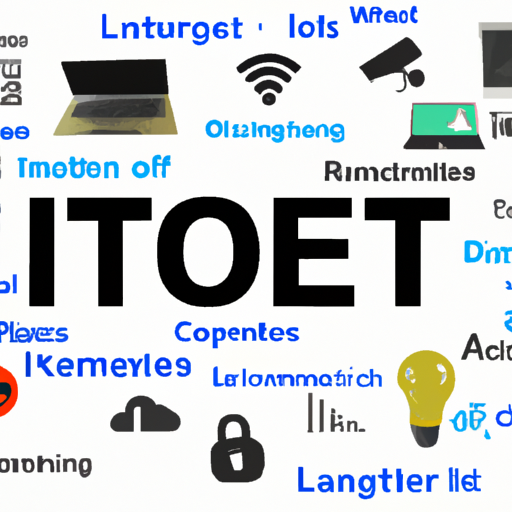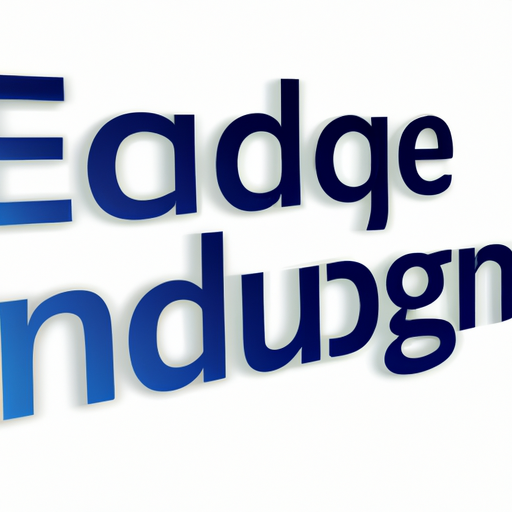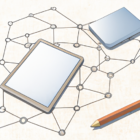In an increasingly connected world, ensuring reliable and fast internet access has become a necessity for both homes and businesses. This is where mesh networking comes into play, emerging as a game-changing technology that promises to enhance our connectivity experience.
What is Mesh Networking?
Mesh networking is a network topology where each device, or “node,” collaborates to create a seamless network. Unlike traditional routers that rely on a single point of access, mesh networks allow multiple nodes to communicate with each other, providing extensive coverage and eliminating dead zones in your Wi-Fi connection.
Benefits of Mesh Networking
- Improved Coverage: Say goodbye to Wi-Fi dead zones! Mesh networking allows you to extend your internet coverage throughout your home or office effortlessly.
- Easy Scalability: Adding new nodes to your existing mesh network is simple, making it a scalable solution for growing connectivity needs.
- Robust Connectivity: With multiple nodes working together, your internet connection remains stable even when multiple devices are online.
- Management Simplified: Many mesh networking solutions come with user-friendly apps, allowing for easy setup and management of your network.
The Role of Mesh Networking in Smart Homes and IoT
In the era of the Internet of Things (IoT), smart devices require reliable connectivity to function optimally. Mesh networking offers the perfect backbone for smart homes, ensuring that all devices from smart thermostats to security cameras maintain a strong connection.
Conclusion
As we move towards a more connected future, the importance of robust connectivity solutions like Wi-Fi mesh cannot be overlooked. Mesh networking not only supports the growing number of devices in homes and businesses today but also provides the reliability required for the smart homes of tomorrow.
For those looking to improve their internet experience, considering a mesh networking solution may just be the answer to enhanced connectivity.
Stay tuned for more updates and insights on the latest advancements in technology!


